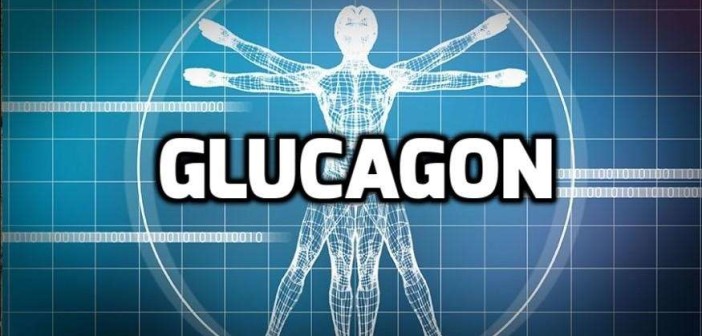Hormones and Bodybuilding: Glucagon
Every athlete who does resistance exercise knows at least a little bit about hormones. The fact that testosterone and other hormones influence muscle size is nothing new. Buy now, we all know they are the agents that drive muscle development. What is new is the knowledge that you can optimize your hormonal environment to achieve greater (and faster) gains in size.

Hormones and Bodybuilding Video click here >> Bodybuilding
By definition a hormone is a chemical substance that is produced in one part of the body and travels by way of the bloodstream to another area where it carries out its action. Hormones are released in response to three stimuli: (a) other hormones, (b) stimulation of nerve fibers (which is what you would expect during exercise), and (c) also changes in the levels of certain nutrients in the blood.
One widely known catabolic hormone is glucagon. In this post you will find out what every bodybuilder should know about this hormone that tends to reduce the total protein mass. We strongly advise you to read our post about insulin first in order to completely understand this hormone’s mechanism of action.
When you’re trying to get bigger, you want the highest possible levels of anabolic hormones and lower levels of catabolic hormones such as glucagon. But, if you are trying to reduce body fat – that’s totally different story. During fat loss diets, elevated glucagon levels are important because it causes the burning of stored fat for fuel.
The Blood Sugar Hormones: Insulin and Glucagon
Insulin and glucagon are two hormones that are made in the pancreas. The pancreas is located in the upper abdomen, directly under the stomach. This gland weighs about 80 grams and is about 16 centimeters long. The pancreas secretes both insulin and glucagon. Both hormones are very important when fulfilling your potential as a bodybuilder.
What is Glucagon?
Glucagon is a hormone released from the pancreas when your blood sugar levels are low. Glucagon helps break down glycogen and turn it into glucose to be used for energy. Its primary function is to raise the blood glucose concentration by increasing the release of glucose from the liver and by activating gluconeogenesis, the conversion of amino acids and other small compounds such as lactic acid to glucose. Additionally, glucagon increases the breakdown of fat – helps break down adipose tissue and turns it into fatty acids to be used for energy.
What is the Difference Between Insulin and Glucagon?
Glucagon acts as an opponent to insulin. It’s often called an “insulin antagonist” because glucagon is a hormone that has the opposite task of insulin. Insulin’s job is to lower high blood sugar levels and glucagon raises low blood sugar levels. Glucagon – released from the pancreas – comes to the rescue when your blood sugar levels are low. Because there is a shortage of glucose in the blood, the body has to turn elsewhere to get it. A little saying that you can try to remember is, “When the glucose is gone, who are you gonna call? Glucagon.” Admittedly, the saying is a little corny, but sometimes those memory tricks work the best!
Like insulin, glucagon can be your best friend or your worse nightmare. Insulin promotes muscle building and fat storage, whereas glucagon promotes muscle breakdown and fat burning. If blood sugar levels are too tow (if you have not eaten for more than 3-4 hours) it mobilizes stored glycogen from the liver and releases glucose for energy. It then begins to help release stored fat into the bloodstream also to be used for energy. During fat loss diets, elevated glucagon levels are important because it causes the burning of stored fat for fuel.
Catabolic Action of Glucagon
For very low blood sugar levels (not eating for 4-5 hours or even more), glucagon also plays a part in the breakdown of muscle tissue for fuel (catabolic effect).

